$19.50
Description
Friedman on Pearl Harbor: Codebreaking and Controversy
Timeline of Main Events:
- August 1940: A Signal Intelligence Service (SIS) team, led by William Friedman and assisted by the Navy, successfully breaks the Japanese PURPLE code. This decryption reveals Japanese diplomatic secrets to the United States before its entry into World War II.
- December 7, 1941: The Japanese attack Pearl Harbor, leading to the United States’ entry into World War II. (This event is the central focus of the study Friedman later conducted).
- Post-World War II: Various investigations and controversies arise in the United States regarding the Pearl Harbor attack, focusing on the events leading up to it, potential intelligence failures, and responsibilities.
- 1952: William Friedman becomes the chief cryptologist for the newly established National Security Agency (NSA).
- 1956: William Friedman retires from his position as chief cryptologist at the NSA.
- Retirement (Post-1956): The NSA contracts William Friedman to produce a report on the Pearl Harbor Attack. This report examines the attack itself, the subsequent postwar investigations, and the controversies surrounding the event.
- 1957: William Friedman’s report on the Pearl Harbor Attack is prepared.
- 1960: William Friedman delivers a top-secret lecture on communications security, which includes mentions of the Pearl Harbor Attack.
- 2015: Some material included in the Army Security Agency files used by William Friedman in his 1957 report on the Pearl Harbor Attack is declassified.
Cast of Characters:
- William Frederick Friedman (1891 – 1969): Considered the “father of modern cryptoanalysis” and credited with inventing the term. He ran the research division of the Army’s Signal Intelligence Service (SIS) in the 1930s. In August 1940, he led the team that broke the Japanese PURPLE code. He continued to serve U.S. cryptologic agencies, becoming the chief cryptologist for the NSA in 1952. After retiring in 1956, he was contracted by the NSA to write a report on the Pearl Harbor Attack.
- Elizabeth Smith Friedman: An expert cryptanalyst and William Friedman’s wife. She has been called “America’s first female cryptanalyst.” She worked alongside her husband in cryptanalysis and collaborated with him on their book about Francis Bacon’s supposed codes after their retirement.
- The Japanese: As a collective entity representing the nation and its military forces that carried out the attack on Pearl Harbor. Their diplomatic secrets were revealed through the breaking of the PURPLE code by Friedman’s team prior to the attack.
- U.S. Military Intelligence Agencies (specifically the Army Security Agency and Signal Intelligence Service (SIS)): The organizations for which William Friedman worked and from whose files he drew information for his report on Pearl Harbor. The SIS was responsible for breaking the PURPLE code.
- The Navy: Assisted the Army’s Signal Intelligence Service (SIS) team led by William Friedman in breaking the Japanese PURPLE code in August 1940.
- National Security Agency (NSA): The U.S. intelligence agency for which William Friedman became the chief cryptologist in 1952. They later contracted him in retirement to produce a report on the Pearl Harbor Attack.
World War II: Pearl Harbor Attack Army Security Agency Files – NSA Pearl Harbor Study
672 pages of documents and reports from the Army Security Agency and other military intelligence agencies’ files used by William Friedman in preparation in his 1957 report on the Pearl Harbor Attack. Some material in this collection was not declassified until 2015.
Also included in this collection is the audio of a top secret 1960 lecture given by William Friedman on communications security, replete with mentions of the Pearl Harbor Attack.
William Frederick Friedman (1891 – 1969) is considered the father of modern cyrptoanalysis, he is even accredited with inventing the term “cyrptoanalysis.” He worked alongside his wife Elizabeth Smith Friedman, an expert cryptanalyst, she has been called “America’s first female cryptanalyst”. William Friedman ran the research division of the Army’s Signal Intelligence Service (SIS) in the 1930s. In August 1940, a Signal Intelligence Service team led by Friedman and assisted by the Navy, broke the Japanese PURPLE code, thus disclosing Japanese diplomatic secrets before America’s entrance into World War II. Friedman continued to serve U.S. crypto1ogic agencies during and after the war. In 1952 he became chief cryptologist for the National Security Agency (NSA).
Friedman retired in 1956 and, with his wife, he turned his attention to the problem that had originally brought them together: examining Francis Bacon’s supposed codes. Together they wrote a book entitled The Cryptologist Looks at Shakespeare, which won a prize from the Folger Library and was published under the title The Shakespearean Ciphers Examined.
In retirement Friedman was contracted by the NSA to produce a report on the Pearl Harbor Attack. The report covers the attack, its postwar investigations and controversies. In the report Friedman wrote, “The Battle of Pearl Harbor is still being fought but the adversaries this time are all Americans; and though the battle is bloodless, because the weapons are now words, not bullets or bombs, it is quite acrimonious and intense, as internal or civil wars generally are.”





Related products
-
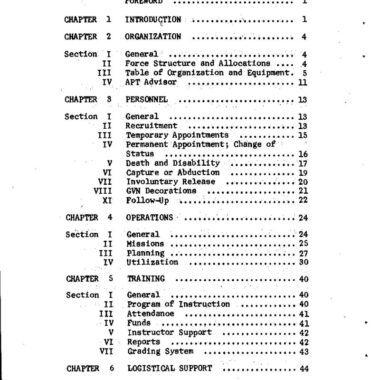
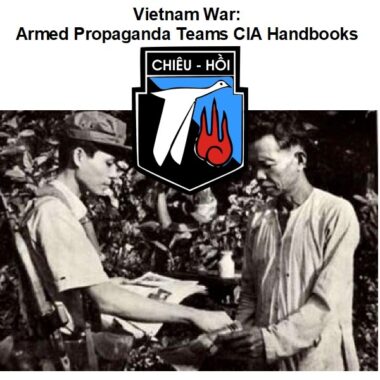
Vietnam War: Armed Propaganda Teams CIA Handbooks
$1.99 Add to Cart -

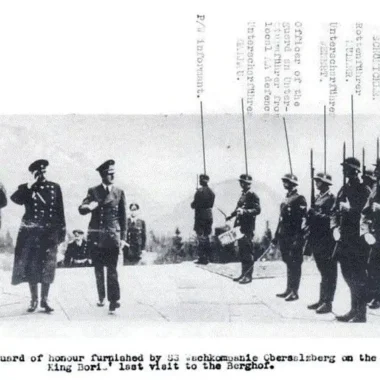
World War II: Adolf Hitler and Operation Foxley – British Assassination Plot
$19.50 Add to Cart -
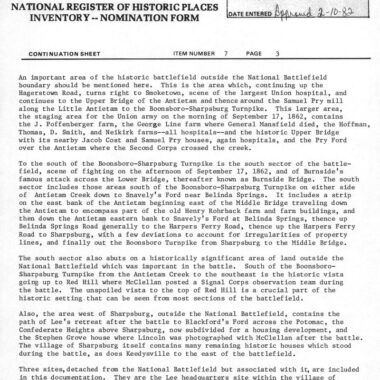

Civil War: Battle of Antietam (Sharpsburg) – National Park Service Archives
$9.99 Add to Cart -
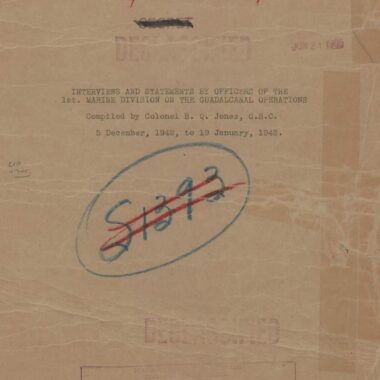
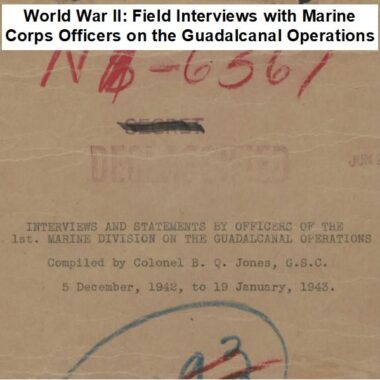
World War II: Marine Corps Officer Interviews on Guadalcanal Operations
$3.94 Add to Cart

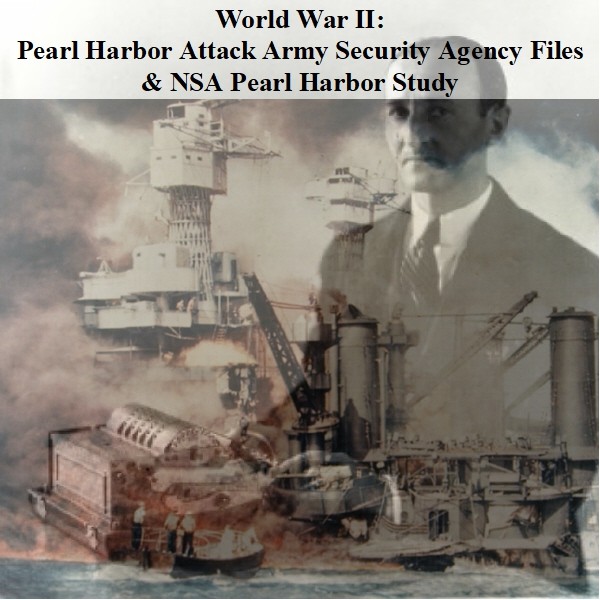
Reviews
There are no reviews yet.